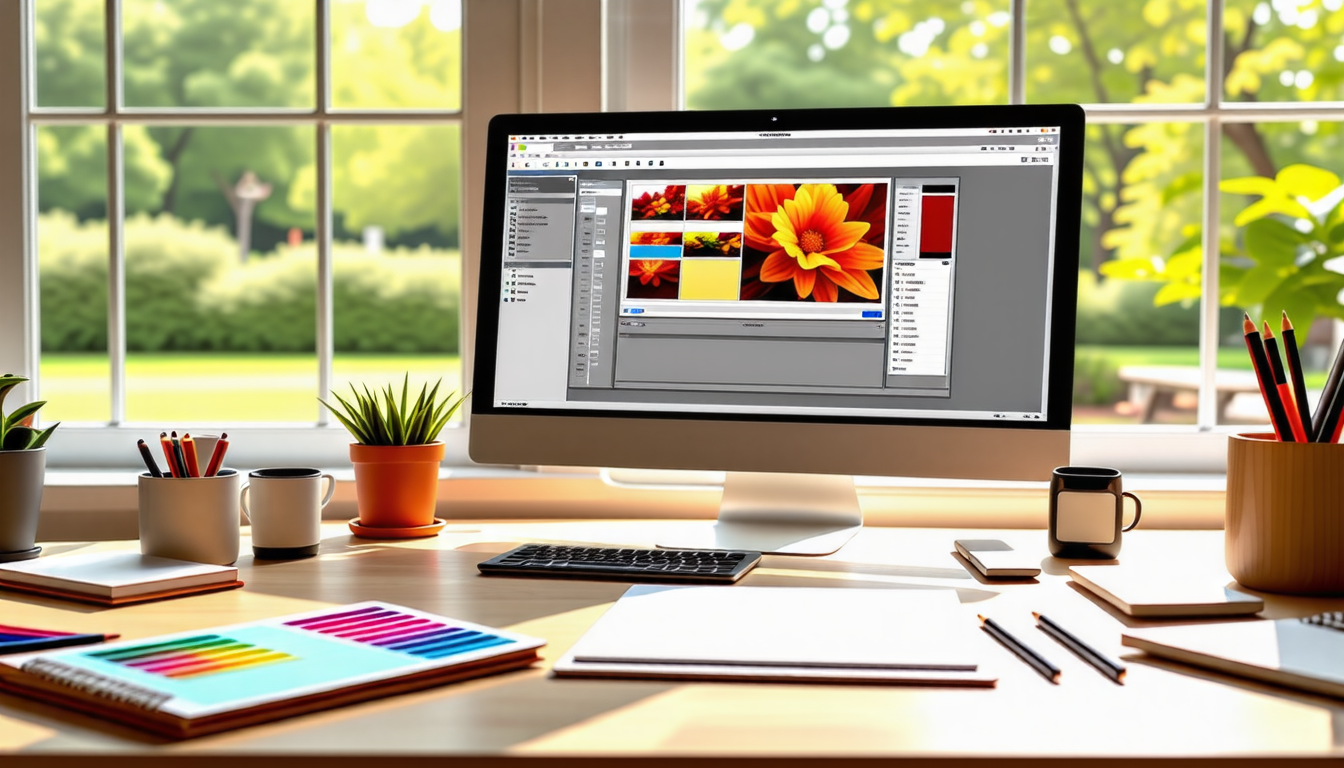|
IN BRIEF
|
In the ever-evolving landscape of technology, the creation of augmented reality (AR) visuals stands at the forefront of innovation, allowing developers to blend the digital and physical worlds like never before. As audiences increasingly seek immersive experiences, the importance of utilizing the right tools cannot be overstated. From user-friendly interfaces to powerful frameworks, a plethora of AR development tools empower creators to bring their wildest visions to life. Whether you are a seasoned developer or a curious beginner, understanding the essential resources for crafting dynamic AR experiences is crucial. This journey through the AR toolkit reveals the instruments that can help you shape your ideas into stunning interactive visuals that captivate and engage users in exciting ways.
Creating augmented reality (AR) visuals requires a blend of creativity and technical expertise. However, the right tools can significantly enhance the development process. This section outlines the essential tools that can help developers and designers bring their ideas to life through immersive AR experiences.
Community Forums
Engaging with online forums, such as digital illustration forums and AR-focused groups, helps developers learn from their peers’ experiences. Exchanging ideas and solutions fosters growth and innovation in AR development.
As the field of augmented reality continues to evolve, understanding which tools to use for creating engaging visuals is essential. Leveraging a combination of 3D modeling, AR development platforms, UI/UX design, and analytics tools will pave the way for crafting stunning AR applications that resonate with users. The blending of digital content with the physical world allows for limitless creative possibilities.
Blender
Blender is a powerful, open-source tool used widely in the 3D modeling space. Its robust set of features caters to artists working on various projects, from architectural visualizations to animated films. With its growing community, tutorials, and plugins, Blender has positioned itself as a go-to choice for developing high-quality 3D assets for AR.
In today’s digital landscape, Augmented Reality (AR) has become a transformative force, enhancing user experiences across various industries. For developers looking to create stunning AR visuals, several tools stand out as essential. First and foremost, Unity 3D is recognized globally for its powerful capabilities in crafting immersive environments. With over 50% of the world’s AR applications utilizing Unity, its versatility cannot be overstated.
Another critical tool is ARCore, developed by Google, which allows developers to build robust AR experiences on Android platforms. Notably, 70% of mobile devices today support AR functionalities, making it imperative for developers to leverage such tools. Additionally, Spark AR Studio enables creatives to design AR effects specifically for social media platforms, thereby reaching a vast user base. Furthermore, the cloud-based platform Vossle caters to those without coding skills, proving that accessibility is increasingly vital in AR development.
In conjunction with these tools, developers must embrace effective strategies and frameworks to ensure their AR visuals resonate with audiences, driving engagement and innovation in this rapidly growing field.
In the ever-evolving landscape of Augmented Reality (AR), choosing the right tools can significantly impact the quality and engagement of your AR visuals. Tools like Unity 3D, known for its robust development environment, and ARCore, which offers seamless integration with Android devices, lay the groundwork for innovative applications. Meanwhile, platforms such as Spark AR Studio and Vossle empower creators with user-friendly interfaces, making the creation process accessible even for beginners. Blender also plays a crucial role, facilitating intricate 3D modeling. These essential tools not only enhance your technical capabilities but also inspire creativity, paving the way for remarkable AR experiences that blend seamlessly with our physical world.
FAQ
What are the key tools for developing augmented reality experiences?
R: The essential tools for developing augmented reality experiences include Unity 3D, ARKit for iOS, ARCore for Android, and Spark AR Studio. Each of these tools provides unique features and functionalities to create immersive AR visuals.
Can beginners use these augmented reality tools?
R: Yes, many AR development tools are designed with user-friendly interfaces to accommodate beginners. Tools like Spark AR Studio are particularly accessible, allowing new developers to create AR effects without extensive programming knowledge.
Is coding required to use augmented reality development tools?
R: While some knowledge of coding can be beneficial, several AR tools like Vossle allow users to create webAR experiences without any coding skills. These platforms often use drag-and-drop interfaces to simplify the development process.
What platforms support augmented reality development tools?
R: AR development tools support various platforms including iOS, Android, and web-based applications. This versatility allows developers to reach a broader audience and create diverse AR experiences across different devices.
How do I choose the right tool for my AR project?
R: Choosing the right AR tool depends on your specific project requirements, your skill level, and the target platform. Consider aspects such as ease of use, available features, and community support when selecting the most suitable tool for your needs.
